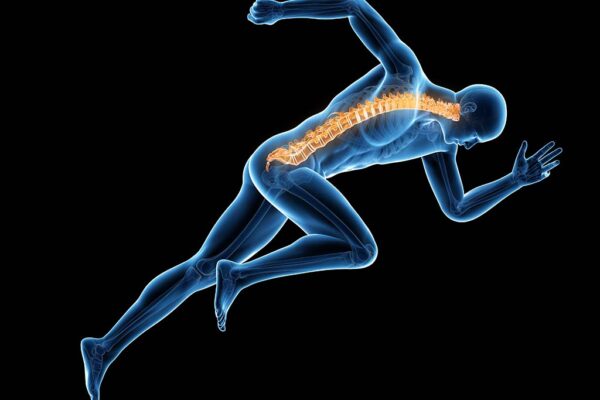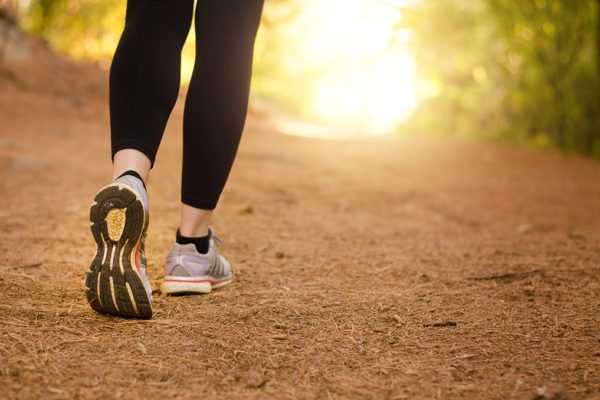There is no better time to discuss the impacts of extreme heat on the human body than during a summer of record-breaking high temperatures! With a few strategies, you can keep cool and still enjoy your favorite outdoor activities this summer. And as you’ll see, when carefully planned, you may even see a fitness boost from your efforts to stay fit this summer!
When exercising or enjoying your favorite outdoor activities in the heat, it is essential to take some precautions to stay safe. As always, if you have any underlying cardiometabolic or other health conditions, check with your primary care doctor when starting a new exercise program. When your body temperature rises, a cascade of physiological changes occurs to keep you cool. Most importantly, the blood vessels in your skin dilate, bringing more heat to your skin. Your body then produces sweat to evaporate that heat off your skin. Additionally, your breathing rate slightly increases, so you exhale more heat.
To help your body maintain a normal core temperature, wear sweat-wicking clothing, take breaks as needed, and consume plenty of water. And when it is too hot and/or humid, staying inside and avoiding the heat is recommended. If you experience any dizziness, vomiting, headache, unreasonable fatigue, or the absence of sweating, you may be experiencing heat exhaustion or heat stroke and should seek a cool environment or medical attention.
With proper planning, you can train your body to be better prepared to deal with the heat. Exercising in the heat increases the stress on your body by causing an increase in your heart rate, breathing rate, and anaerobic energy contribution at a given intensity. For this reason, it is important to train by feel (i.e., exercise at what feels like the same effort as usual and not the same speed/workload). Start at 50% of your normal exercise duration and slowly increase your time to your normal duration. After a few weeks of exercising in the heat, your body will improve its ability to sweat more efficiently and adapt to the heat’s additional stress, making it easier for you to exercise in the heat. For those that really want to improve their performance and exercise capacity, exercising in the heat can give you a boost by increasing your blood volume (increasing your cardiac output) and hematocrit, and improving your lactate production/clearance.
About the Author: Justin St.Peters
Originally from the northeast, Justin received his master’s degree in exercise science from Adelphi University and his undergraduate degree in applied exercise science from the University of New England. He is a Certified Exercise Physiologist through the American College of Sports Medicine. Justin has a broad range of experience using exercise and lifestyle change to aid in the management of chronic disease. During his time at Adelphi University, Justin was a graduate assistant, where he was involved in managing an exercise program for mostly older adults as well as aiding faculty and students in research. Before joining the BaySport team, Justin developed and managed exercise and non-exercise-based programs for the management of cardiovascular disease, Alzheimer’s disease, and pre-diabetes, among others. In his free time, Justin enjoys nearly any type of physical activity as well as cooking for friends and family. Some of his favorite sports are trail running, cycling, weightlifting, and skiing!
Resources:
Institute of Medicine (US) Committee on Military Nutrition Research; Marriott BM, editor. Nutritional Needs in Hot Environments: Applications for Military Personnel in Field Operations. Washington (DC): National Academies Press (US); 1993. 3, Physiological Responses to Exercise in the Heat. Available from: https://www.ncbi.nlm.nih.gov/books/NBK236240/
https://www.eatright.org/fitness/physical-activity/exercise-nutrition/exercise-safely-in-hot-weather
Rønnestad, B. R., Lid, O. M., Hansen, J., Hamarsland, H., Mølmen, K. S., Nygaard, H., Ellefsen, S., Hammarström, D., & Lundby, C. (2022). Heat suit training increases hemoglobin mass in elite cross-country skiers. Scandinavian journal of medicine & science in sports, 32(7), 1089–1098. https://doi.org/10.1111/sms.14156
Rønnestad, B. R., Urianstad, T., Hamarsland, H., Hansen, J., Nygaard, H., Ellefsen, S., Hammarström, D., & Lundby, C. (2022). Heat Training Efficiently Increases and Maintains Hemoglobin Mass and Temperate Endurance Performance in Elite Cyclists. Medicine and science in sports and exercise, 54(9), 1515–1526. https://doi.org/10.1249/MSS.0000000000002928




